Extensor carpi radialis longus muscle
Table of Contents
Extensor carpi radialis longus Muscle Anatoy
The extensor carpi radialis longus muscle is one of the five main muscles that control movements at the wrist. This muscle is quite long, starting on the lateral side of the humerus, and attaching to the base of the second metacarpal bone.
Origin:
It originates from the lateral supracondylar ridge of the humerus bone.
Insertion:
It inserts on the dorsal surface of the base of the 2nd metacarpal bone, on its radial side.
Nerve supply:
The radial nerve supplies the muscle.
Blood supply:
The radial artery supplies the muscle.
Action:
It acts as the extensor at the wrist joint and it abducts the hand at the wrist joint.
Extensor carpi radialis longus contributes little to elbow flexion since it also crosses the elbow. Extensor carpi radialis longus plays a significant function in hand grasping together with other forearm extensors. The forearm extensors, especially the extensor carpi radialis longus, must keep the wrist in an extended posture in order to obtain an efficient grip.
By doing this, wrist flexion is avoided, and the forearm flexors’ contraction force is transmitted to the fingers. The forearm flexor tendons would not be able to shorten enough to provide a usable hand grip if the wrist were not stretched.
Relations
The deep group of forearm extensors and the anconeus belly are deep to the extensor carpi radialis longus. The brachioradialis partially overlaps the muscle, which is also lateral to the brachialis.
The radial nerve runs medially to the extensor carpi radialis longus and brachioradialis muscles and laterally to the brachialis within a deep groove in the elbow. About 10 cm in front of the radial styloid process, which is now passing between the brachioradialis and the extensor carpi radialis longus, the radial nerve’s route becomes more superficial.
Exercises of Extensor carpi radialis longus muscle
Strengthening exercise:
Rest your arm on a bench or table as shown, with palm down and holding an exercise band. Slowly pull back your wrist to create tension in the band. Repeat ten times and return to the initial position. This can also be done with a dumbbell instead of a resistance band.
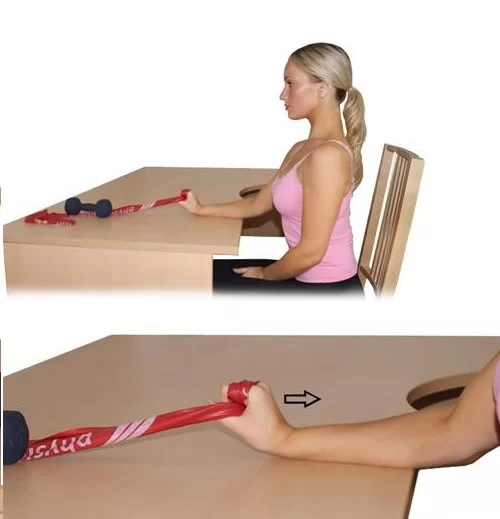
Stretching Exercise:
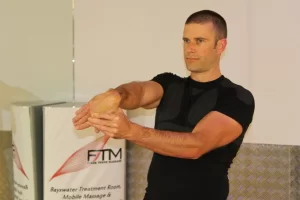
- While standing or sitting extend the arm in front of you.
- With a fully extended or locked out elbow, flex the wrist.
- And use the other hand to take the wrist into an ulnar deviation (adduction).
- Hold this position for 30 seconds and then release it.
Assessment
Both extensors carpi radialis longus and brevis may be felt in the upper lateral aspect of the posterior region of the forearm when the wrist is extended and abducted against resistance. If the same extension and abduction motions are made, the tendons, especially the longus, may be felt in the anatomical snuff box’s floor.
Clinical Relevance:
By maintaining the wrist in an extended position, flexion of the wrist under the action of flexors digitorum superficialis and profundus is prevented, with the result that these muscles act on the fingers. If the wrist is then allowed to flex the flexor tendons cannot shorten sufficiently to produce effective movement at the interphalangeal joints. This therefore becomes a state of active insufficiency.
Radial nerve damage leads to paralysis of the wrist extensors. This leads to a decreased grip strength. However, with the wrist splinted in extension, the tendons of flexors digitorum superficialis and profundus act on the fingers, and a functional grip can be obtained.
A bursitis known as intersection syndrome develops where the tendons of the abductor pollicis longus and extensor pollicis brevis pass across the tendons of the extensor carpi radialis close to the extensor retinaculum.
This might be brought on by friction at the point of intersection or tenosynovitis in the synovial sheaths of the two extensor tendons. This resembles de Quervain’s condition and causes discomfort, swelling, and crepitus. Canoeists, rowers, and athletes who play racquet sports are also frequently affected by this illness.
FAQs
Your forearm’s extensor carpi radialis longus (ECRL) muscle assists in moving your wrist and hand together with the other muscles and tendons in your arm. It belongs to the same family of muscles as the ECRB, or extensor carpi radialis brevis.
The extensor carpi ulnaris (ECU) muscle is essential for stabilizing the ulnar side of the wrist in addition to its active actions of wrist extension and ulnar deviation. With forearm pronation and supination, it moves in relation to the other wrist structures.
The radial nerve originates from the spinal roots C6 and C7 and innervates the extensor carpi radialis longus, a wrist extensor.
References
- Extensor carpi radialis longus muscle. (2023, July 19). In Wikipedia. https://en.wikipedia.org/wiki/Extensor_carpi_radialis_longus_muscle

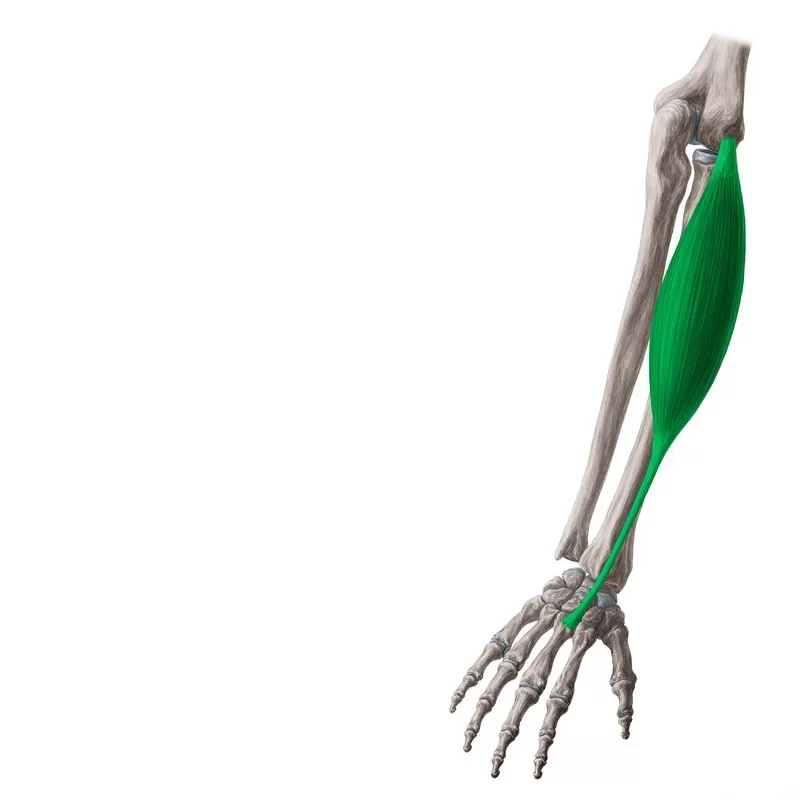

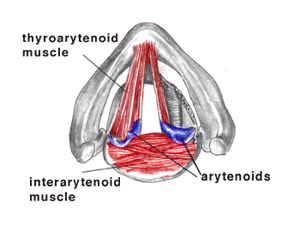
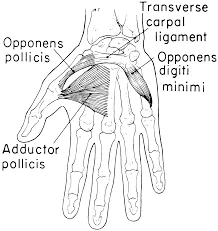
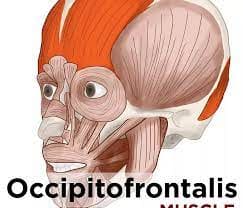
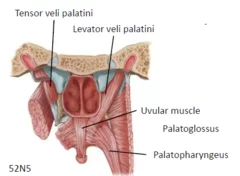
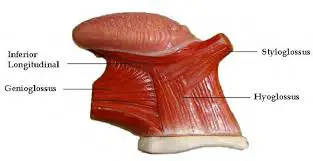
One Comment